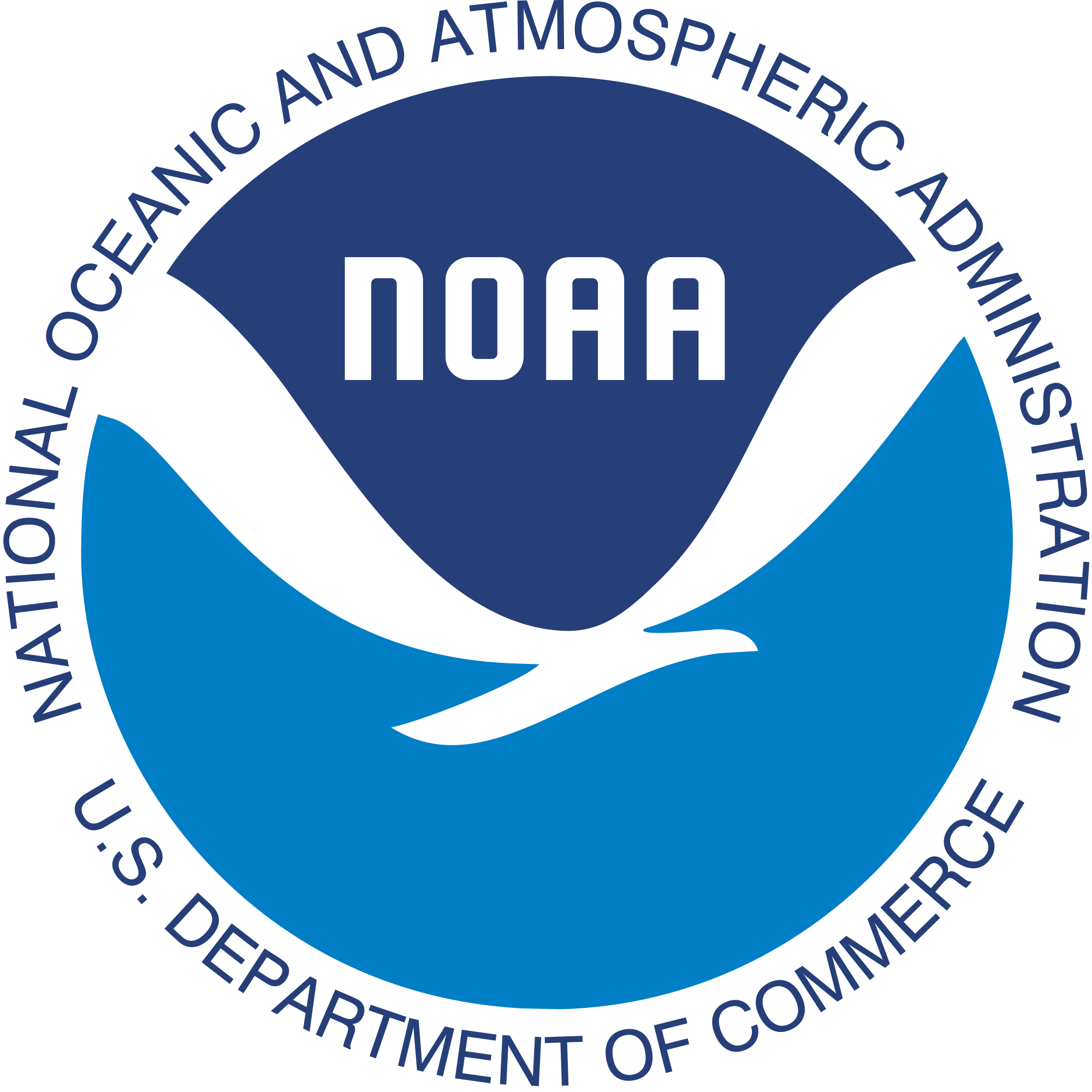Oct. 29 through Nov. 4 has been declared Winter Weather Awareness Week in New York by the National Weather Service. NOAA out of Binghamton is sharing the following tips to help educate the public.
Nor’easters and Other Winter Storms
Over the past few winters, powerful snowstorms developed along the east coast and paralyzed cities across much of the northeast. These winter storms disrupted hundreds of thousands of lives ranging from loss of power to transportation difficulties.
Large accumulations of snow can be produced by Nor’easters. Smaller more common snowfall events are often generated by systems called Alberta clippers.
Nor’easters are intense low pressure systems that track along the eastern seaboard. Its name comes from mariners that experienced the strong northeast winds associated with these storms, but inland they are known for their heavy snow and at times blizzard conditions. Some memorable Nor’easters in recent years include the President’s day Snowstorm of 2003, the Valentine’s Day Snowstorm of 2007, and the Blizzard of 2017 which occurred this past March. Snowfall rates in a Nor’easter can reach up to 3 to 6 inches per hour which can last for several hours.
| Radar loop of the March 14, 2017 Nor’easter. |
| Courtesy of Ron Murphy |
Alberta clippers are common to our region bringing a quick round of snow. Alberta clippers are low pressure systems that develop in or near the providence of Alberta, Canada. Alberta clippers move southeast very quickly and typically bring a few to several inches of snow. Their quick movement limits the snow amounts.
Graphical information slide. Click for a larger view.








